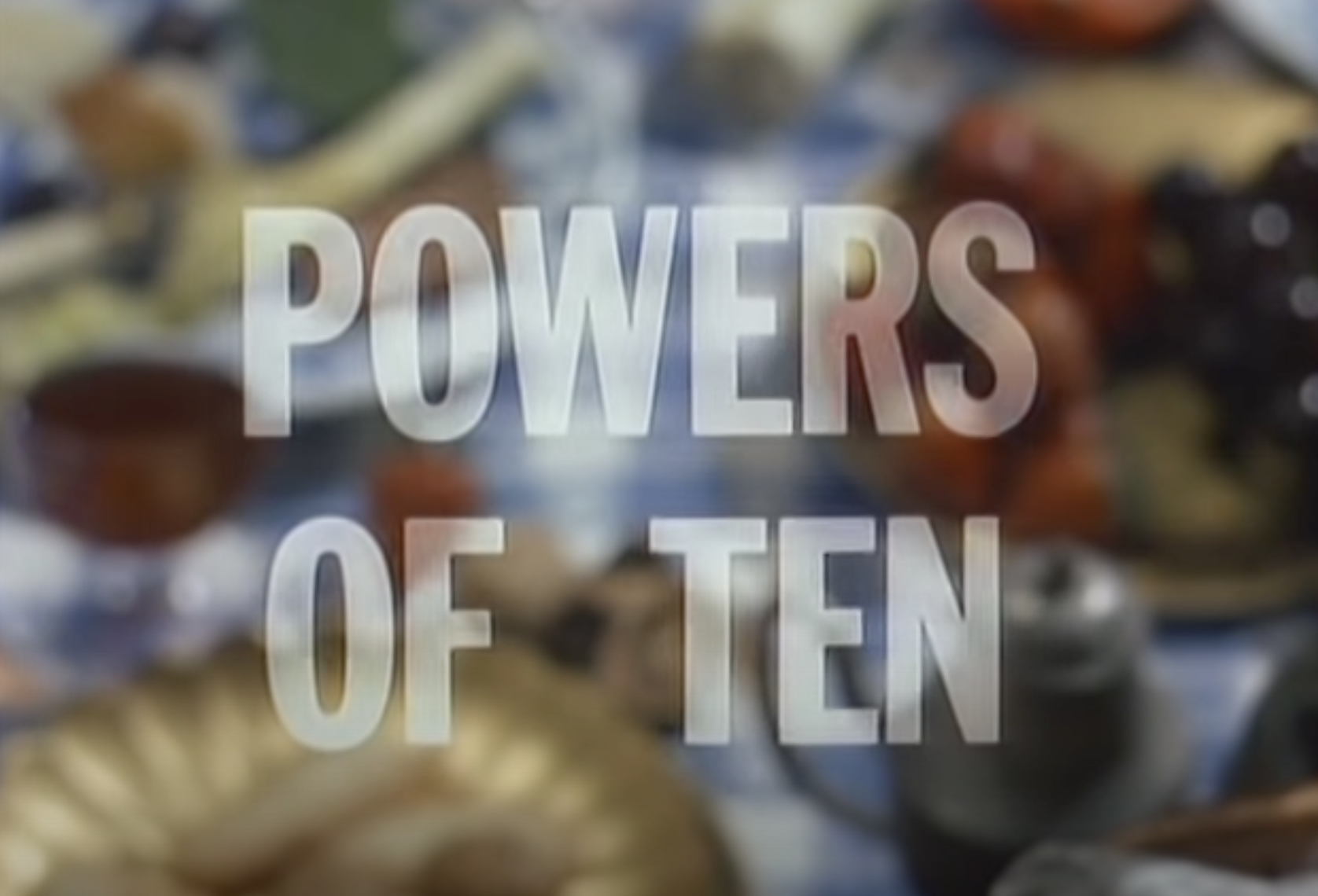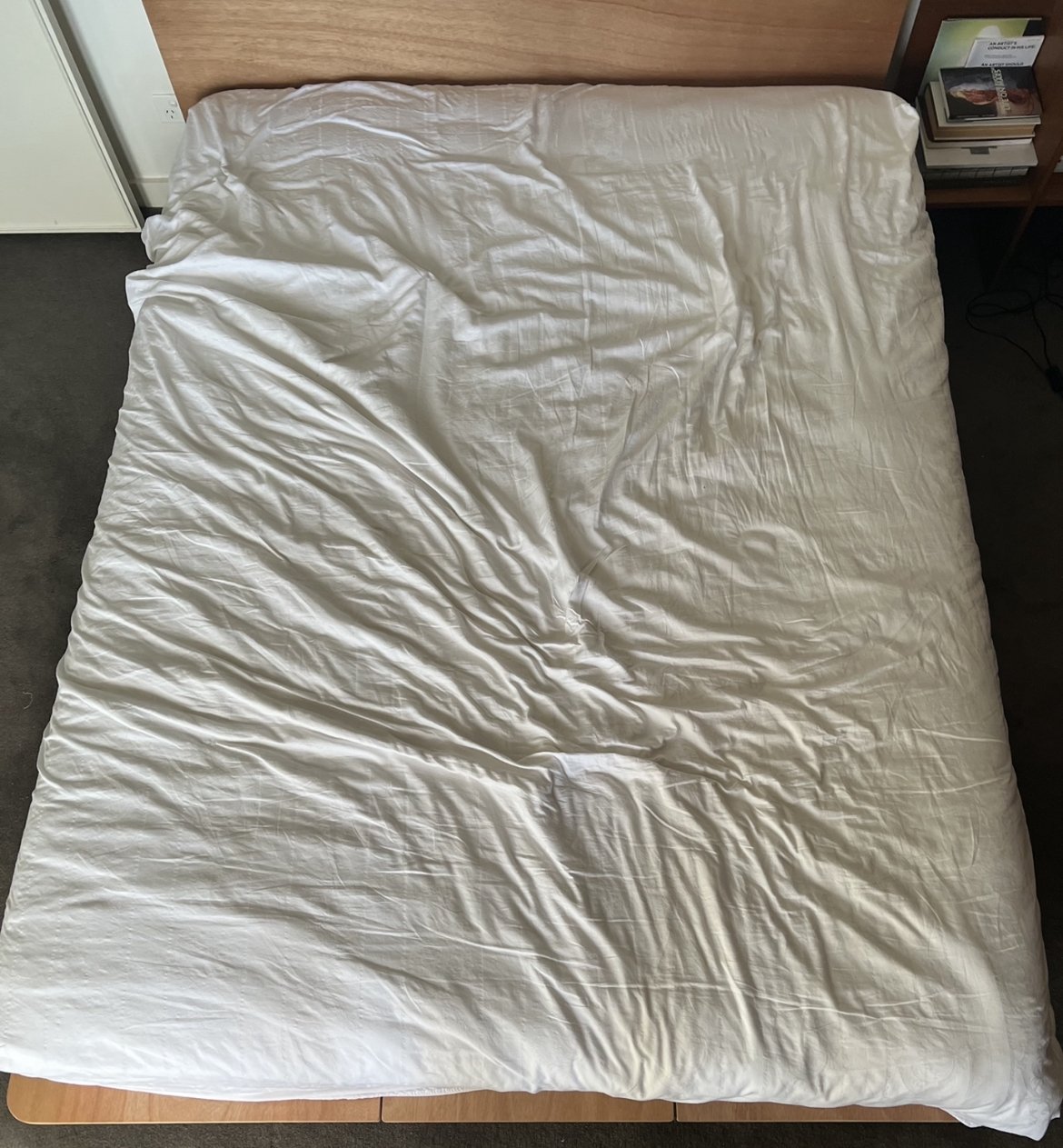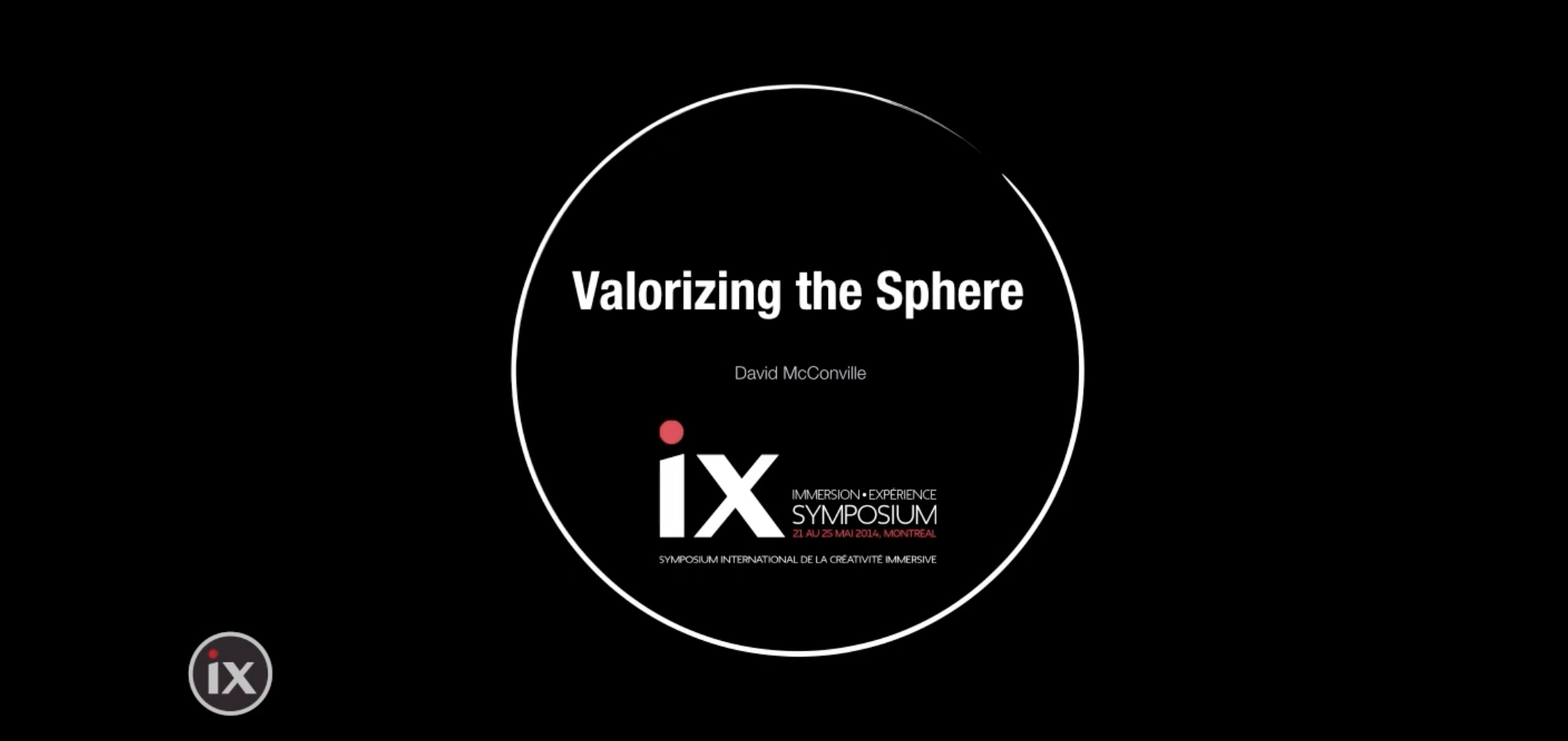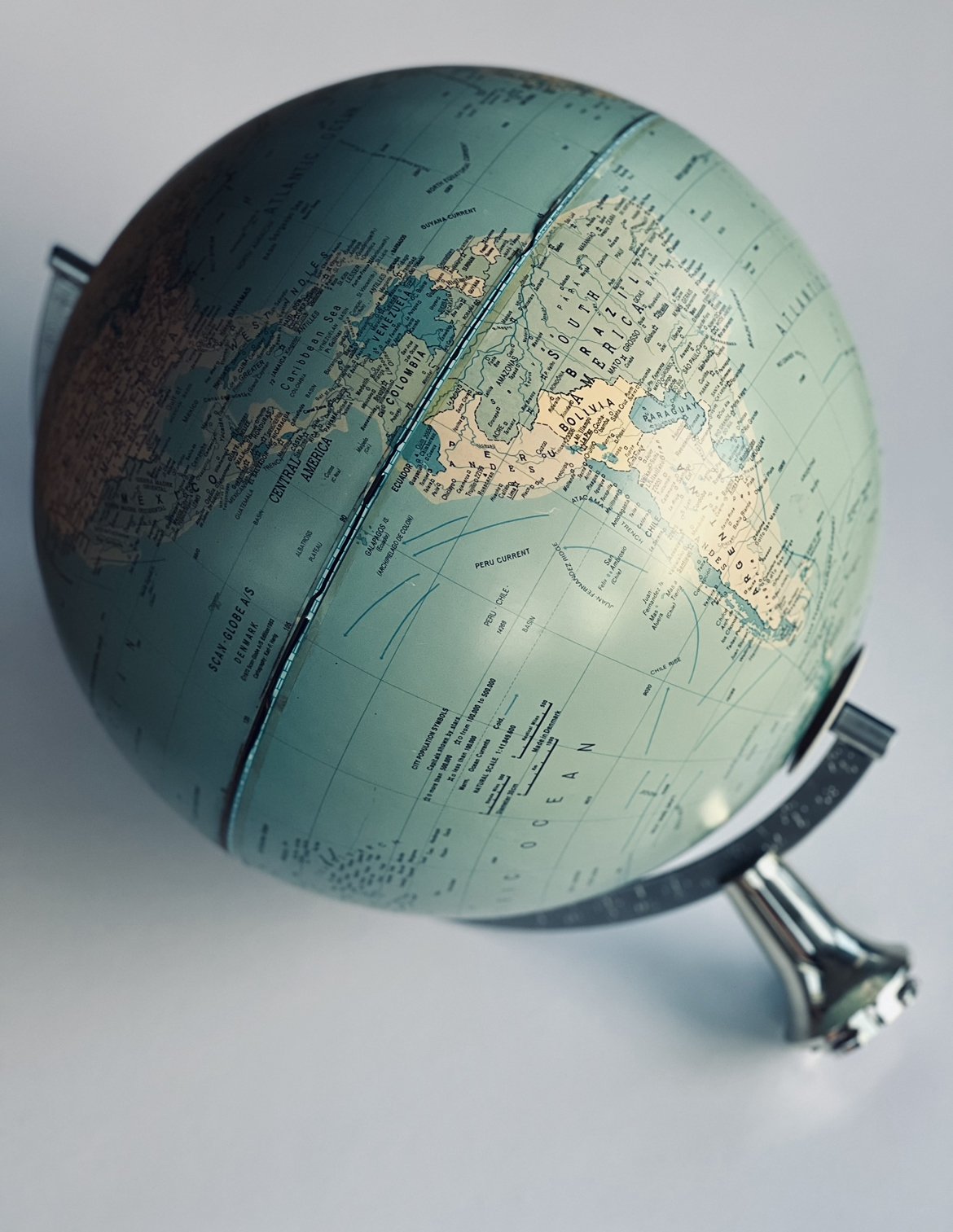studio materials and methods a
My visual diary and folio for SM&M consists of the following:
one grey notebook where ideas for new art works, reflections, sketches, articles and images are hand-noted and kept (visual diary)
3 pin boards where questions and ideas are noted and where articles, images, articles, clippings etc are affixed .(visual diary)
an online research channel where i collect/organise images, articles, videos, files etc which can be easily accessed at any time (visual diary - see are.na link below)
website page where reflections on process; reflections on resolved work; documentation of process for each individual project / art work resolved is noted (visual diary - see below)
website page where documentation of photographed resolved work is filed/kept (folio - see below)
My suggestion is to begin here on this website page and scroll down moving from one section to the next. I’ll also occasionally point you to things to refer to beyond this website page (ie; my grey notebook or one of the three pinboards).
While I initially began using the notebook as my only visual diary this changed as the semester progressed and I gradually found myself using it less and less and the pinboards and this website page more and more. I’ve found that having a dedicated website page within which to progressively add links, photos of process and resolved work , reflections on process, videos etc, an easier way of recording things and then sharing my thinking and work with others at a later stage. I’m still developing a method that works for me and suspect that things will be refined further as I progress into semester two, but this is a start.
The total word count for this page is over 3000 words. I haven’t counted words written in the grey notebook or x 3 pinboards.
VISUAL DIARY (research channel)
Most of my online related research for SMMA, including readings and videos, is organised in a “channel” I’ve created on Are.na and includes several 100 links to date. This channel is currently shared with my CAP subject but I’ll be looking to develop a separate channel for SMMA in semester 2. Most of these links have been read or viewed at some stage or have been saved here for future reference. Occasionally I print a particular reading or image, re-read things, highlight passages of interest, write notes on the printed reading and then either glue or staple it into my notebook or affix it to one of my pinboards https://www.are.na/share/CJNxZNS
VISUAL DIARY (reflections on process and resolved work; documentation of process)
Project 1 ( Decade Project - Weeks 1 + 2)
Reflections on process
See also grey notebook and pin board for further notes, reflections and process related documentation regarding this project. Immediately upon learning about our first week’s prompt my mind went to the work of the Long Now Foundation and how they contextualise periods of time, especially within the context of the last 10-20,000 years as per the diagram below. My mind also went to alternatives to the Gregorian Calendar and how time was once kept by cicada songs, the flowering of certain plants and the migration of certain birds. What are alternative ways of keeping or conceptualising time or representing the last 10 calendar years? One idea I explored is represented in my notebook (see also image below).
But I also thought about the work of Charles and Ray Eames with their short film Powers of Ten (see below) and the iconic Pale Blue Dot photograph (see below). The two trains of thought merged and I began to think about what the time equivalent of the pale blue dot image might be. What is the pale blue dot in the context of time? For me the answer was in part the last 10-11,000 years of relative climate stability in the context of the last 13.8 Billion years since the birth of the universe. How might I represent this tiny sliver of time, this infinitesimally small period of relative climate stability? I went to office works seeking some kind of string and found some black raffia twine and decided to experiment with this by drawing a very small pale blue dot on the surface of it. This became the idea i started to explore as documented below.
Reflections on resolved work
A resolved version of this work presented in class can be found in the “Folio (resolved work)” section towards the end of this website page .While i liked this idea and how it began to take shape, the shortness of the raffia twine (2 meters) didn’t do this idea justice. The work was also installed in a way which also didn’t do the idea justice. I felt the invitation for people to find the pale blue dot within the raffia twine good, engaging the audience more with the work. Upon completing this work and presenting it in class, I felt a need to want to extend the ideas I explored within this project even further, especially in terms of scale and installation. I moved this project over to my CAP subject and decided to use the Group Critique scheduled for late March to create a new version of this work.
Documentation of process
See also grey notebook and pinboard in addition to the following:
Defining the long now, image from the Long Now Foundation.
Visual diary entry of one of a number of possible ideas for this project.
Pale Blue Dot photograph of Earth taken by NASA’s Voyager 1 at a distance of 6 billion kms on 14th February 1990.
Initial experiment at home with black raffia twine photographed on white cardboard at home.
Project 2 (Conceptual Drawing Project - Weeks 3 + 4)
Reflections on process
See pinboard for more information about this project (including hardcopy of drawing segment affixed to it). I decided to do an audio recording of my journey (see microphones attached to the handlebars of my bike below in the photo) to university to accompany my verbal description. I played the audio recording in class but the noise in the room meant that it was very difficult to hear the soundscape I had prepared to accompany my description. The drawing on the large piece of paper was really quite messy in the end and I ended up with a large bottom third of the overall drawing which you can see pictured below. What stood out for me in this drawing was the bright yellow sign at night and so the idea to create a sign of some kind was on my mind for the conceptual drawing I needed to create.
In parallel to this , research I’ve been doing over the last few years about long-term thinking was also top of mind. I had also been re-reading some of the work of Buckminster Fuller where a quote by him was also on my mind (see quote affixed to one of my pinboards below). It occurred to me that in the same was that “we are all astronauts”, we are all ancestors too. I was sitting with this and while I was on one of my daily runs an idea came to me to create two posters as per below, one focusing our attention on the present and another on the future. I thought how the words “Now Showing” and “Coming Soon”, which often appear above movie signs or posters, would be a great device for helping people draw their focus to both the present and the future (using this familiar framing that we have come across all throughout our lives through film and at cinema /movie theatres) . Immediately after my run i sketched the idea in my notebook as per below. I then began testing ways in which i could simply create this, initially at home using my own printer and then extending this by engaging a more professional finish using a larger size and better quality paper to create a more cinematic feel for the idea. I eventually landed on using similar colours for the posters which appeared in the drawing segment I had been given as a prompt (see images below). I also chose a glossy paper quality and large A0 size format and got everything printed at Officeworks.
Reflections on resolved work
A resolved version of this work presented in class can be found in the “Folio (resolved work)” section towards the end of this website page. The posters were installed side by side in one of the classroom spaces. The feedback was mixed and a number of people commented on the ominous feel of the posters thought this was not my intent. Personally I was happy with the work produced within the timeframe that we had. I see potential within the work to extend this further, either experimenting with different design options for the poster or developing them as text within retro cinema light boxes.
Documentation of process
See also grey notebook and pinboard in addition to the following:
Cycle route from home to VCA.
Mircophones attached to bike and audio recorder to record tourney which will be replayed in class, providing a soundscape for my verbal description for my Monday night class.
Drawing produced from verbal descriptions of 3 people (myself included) for the Taking a line for a walk/run/drive/ride prompt
Segment cut off from larger drawing piece (see previous photo) depicting an illuminated yellow KMART sign at night / on a black background.
Test 1
Test 2
Test 3
Notebook entry straight after morning run when the initial idea came to me
Test 4 , Pairing things right back and working purely with the colours (black and yellow) from segment (depicting KMART sign at night, see previous image) given to me from larger drawing for “taking a line for a ….” task.
Project 3 ( Wall Drawing Project - Weeks 5 + 6)
Reflections on process
For the first part of this project I purchased rubber bands and pins and began in class by making a” wall drawing” using the frame of a window as my “wall”. After completing the work I turned all the lights off in the room and used a torch to project shadows of the work onto nearby walls directly opposite the window. I used the ephemeral nature of this drawing to think about how I might create a wall drawing for the following week. I had earlier been inspired by the work of Richard Long (see one of his works in particular below) but was also thinking about how the other than human draws lines. I found myself at the beach during a visit to NSW and took the following video, deciding that I’d document how the other-than-human (in this instance wind, grass and sand) can draw and I’d document this process of the making of a ground drawing (not a wall drawing!) through video and photography. I decided to use a slowed down version of the video for my final work, only to find out later that where the video was taken, Wooyung, is a local Aboriginal expression that means “slow”.
Reflections on resolved work
A resolved version of this work presented in class can be found in the “Folio (resolved work)” section towards the end of this website page. I presented the final part of this project in the octagon where i projected the video onto the floor of the space in slow motion. While the project worked well, I can see myself recreating it but engaging better filming and video skills.
Documentation of process
Wall drawing experiments / lines made with rubbers bands and pins
Wall drawing experiments / lines made with shadows
Video still of ground drawing Lines made by wind and grass
Project 4 (Painting Project - Weeks 7, 8 + 9)
Reflections on process
This was perhaps the most challenging project for me to execute this semester. I missed a number of classes due to an ongoing medical condition. I found myself bed ridden weeks 7-9 and unable to attend class. I was unable to complete this project for week 9 and had to approach it during the month of June when a further relapse of the medical condition occurred.
Nevertheless, in addition to the ‘loose and tight’ prompt for this project, my point of departure is some of the thinking of artist Chris Buckow . Chris is a long time friend of mine of almost 20 years, a pioneer of the cameraless photography movement in the UK , a respected British artist and is regularly invited to write essays re the work of William Blake, Philip Guston and Francis Bacon. Please see this video and the others below for his personal reflections on painting and beyond https://vimeo.com/390726878/c69b8cd4ae?embedded=false&source=vimeo_logo&owner=102317922 in addition to this quote : “All paintings are apertures for me, windows into the psyche of the artist”. I came across this quote (see screen shot below) from Chris during the month of May when we were given a prompt to create some kind of painting project.
Sitting with the ideas shared by Chris in the videos and text below over the course of a month, I found myself waking from a dream in June where i saw my bed sheet as a canvas, my body (and that of any lover) as the brush and any bodily fluids on the bed sheet as the painting. While I questioned doing this, it become clear to me that this should be my painting project. I made a decision to simply remove my bed sheet and drape it in the octagon space and then photograph it (perhaps even like one of Sam Gilliam’s drape paintings)
Reflections on resolved work
A resolved version of this work can be found in the “Folio (resolved work)” section towards the end of this website page. I wasn’t able to share this work in class or make it to the octagon space @ The stables to install this work as i had originally intended. I simply photographed the bed sheet in situ. I’d like to explore the idea for this work further as it seems so different to any of my other work. Perhaps removing and photographing my bed sheets more regularly, after sleep, illness or sex. This requires some vulnerability on my behalf and, while a bit challenging, it’s not something that’s unfamiliar to me. As is, the work feels unresolved to me though: I don’t like the cropped nature of the work and it feels sanitised and stripped from being able to see any detail up close. I still really gravitate to my original impulse to have the bed sheet suspended in a space so anyone can view it up close from either side. The work of Tracey Emin (My Bed, 1998) is something i came across after having had the dream above. The work of Jake Prevail ( MFA Fine Arts, VCA, 2021) has also come to mind, especially in terms of placing himself at the centre of his explorations of queer desire in revealing personal ways.
I had also thought of other ideas for this project too. For example, I purchased pigment paint to begin testing how I might create paintings using sound as my brush. My initial experiments with this suggest to me that i may need a more mineral based pigment and work off a very taut canvas with a speaker. See videos of similar work I’ve been researching below, including the work of Oliver Beer. This is something I will likely explore, perhaps in my CAP subject, in semester two.
Documentation of process
My bedsheet, June 2022
My Bed, Tracey Emin, 1998
Project 5 (Display and Found Object Project - Weeks 10, 11 + 12)
Reflections on process
I started this project in week 10 with a toilet paper roll and a mortar and pessell, but upon further reflection realised that these found objects didn’t hold any particular interest or meaning for me. One of my pinboards is filled with photos, illustrations and texts related to the Earth, especially in terms of seeing Earth from outside our atmosphere. It’s something I’ve been interested in as a topic of inquiry for well over a decade now and it’s been the subject of a talk i gave for Anywhere and Elsewhere @ Pason’s School of Design in 2018. I decided to jump onto facebook market and started to search for world globes and eventually found a set of 6 small antique globes for 25$ for the set. I drove to Mt Macedon to purchase them and spent the next 2 weeks not wanting to actually damage them through experimentation. I had 4 ideas:
to display a globe precariously, on the very edge of a plinth. However I researched this more and found that acclaimed North American artist Sam Durant is working on something similar as an idea (see image below)
to place a number of globes on a table and devise a way so that they roll around (this was never pursued as an idea but artist David Rickard has recently launched a new exhibition called Landfall which includes an almost identical idea! See image below)
to freeze the globe in water and place it on the edge of the plinth until the water melted. I tested this initially with an onion and froze this and the whole idea just felt like it was going nowhere
to exfoliate the globe with sand paper. This is an idea which Corinna also suggested in class but I mentioned to Corinna that i was resistant to this as i recalled seeing something similar being done. After further research i was able to locate this and it is a work by artist, Julian Charriere (see image below). It become clear that Julian and I are reading the same books! He used a passage from Bucky Fuller’s book “An Operating Manual for Spaceship Earth” as the title for the work “(We Are All Astronauts”). I’ve read this book and David McConville ( former CEO of the Buckminster Fuller Institute in the USA) is a friend and colleague of mine who I’ve discussed Bucky’s work with. See video by David below (“Valorising the Sphere”) where he delves into humanity’s explorations of spheres (including world globes and the Earth) throughout time.
I decided to experiment with the last two ideas as per the diagrams below and eventually decided on the latter. The path to creating this work has a very long history for me. I’ve circled this sphere (Earth, the globe) as a point of focus and consideration in my work outside the arts for over 20 years. Like Hokusai, we all have our own particular Mount Fuji in life and we circle it . It animates us in known and unknown ways.
While the particular idea (sandpapering a globe to remove all geographical and cartographical information) is new for me, in many ways this erasure of boundaries, geographical and cartographical information, is simply mirroring a process currently unfolding in the world today (through various forces such as climate change etc). See talk by Bruno Latour below who discusses some of these forces at play and how this is now challenging us to reconsider how we view ourselves in relationship to these forces (deeply questioning the romantic view of the Earth from outside our atmosphere). The process of turning previously defined boundaries into dust where it lies now undefined on the paper underneath it holds many layers of meaning. It’s something I’d like to explore further.
Reflections on resolved work
At one level this work feels resolved for me in terms of what was presented in class and how i documented things. I would like to take things up an octave as i move into semester two though. For example, how might i improve the quality of photos I take when i document work so that at a later stage these might be used for an exhibition or even sold? It’s still unfamiliar territory for me. As I reach the final week of this semester one thing that’s becoming clearer to me across all of my works in both this subject and CAP is the text which contextualises the work is often absent or not well thought through. What am i trying to communicate through this and other work? What am i inviting people to consider? I’d like this to become something i consider more in parallel to producing work: drafting text to accompany any piece.
I also discussed this project with Jamie and we spoke about the possibility of recreating this particular work but having the process filmed: so that the process of creating the dust from the globe is shown in the video and the later projected on one wall with a photograph of only the dust itself is shared on another wall closeby. I’ve been purchasing other cheap globes and will begin experimenting with this, moving this project over into CAP as we move into semester two..
Final observation….I can see how this particular work with the globe also speaks with the previous work with my bed sheet. The globe is shown stripped of all geographical and cartographical information but the bed looks like a view from above, a kind of topographical map. And to think about this further, the video work before this too (Lines made by wind and grass) also speaks to this too, where again a view from above can also be seen, revealing lines and a kind of topographical map: one is shaped by a human on a bed and the other shaped by wind and grass on sand.
Documentation of process
See pinboard and below:
Flotsam for ‘Landfall’, a new a exhibition by David Rickard (June-July 2022)
New untitled work in progress by Sam Durant (January 2022)
We are all astronauts by Julian Charrière (2013)
Initial experiment freezing a spherical object
Initial experiment freezing a spherical object
Initial experiment exfoliating globe of the Earth with fine sandpaper
Experimenting with wall projector in the octagon, The Stables, VCA.
Experimenting with floor projector in the octagon, The Stables, VCA.
Experimenting with floor projector in the octagon, The Stables, VCA.














































